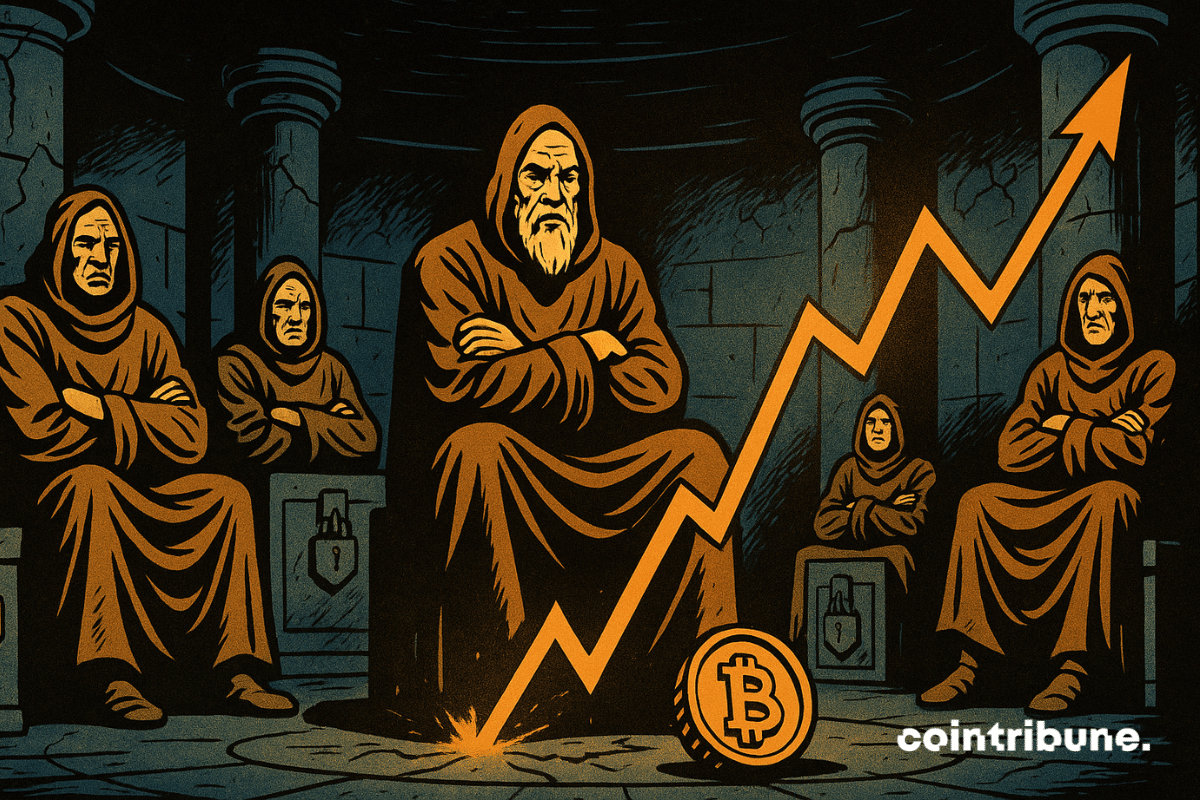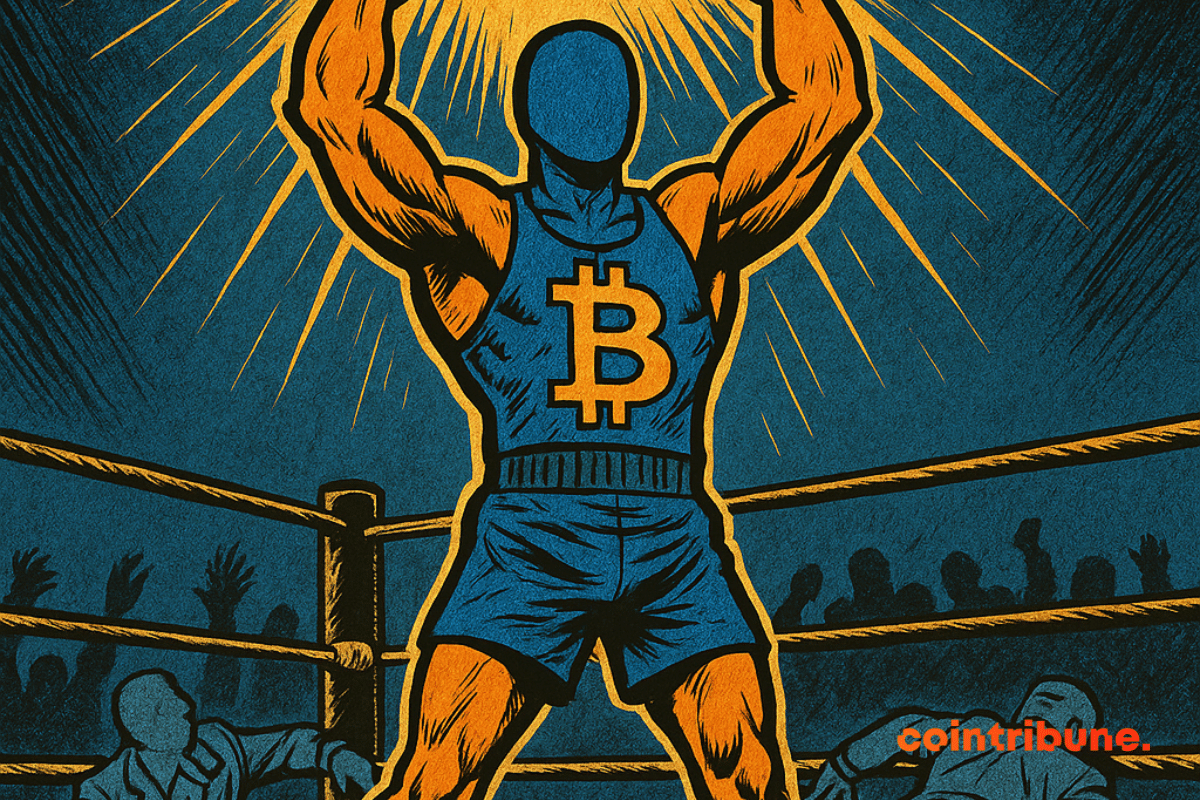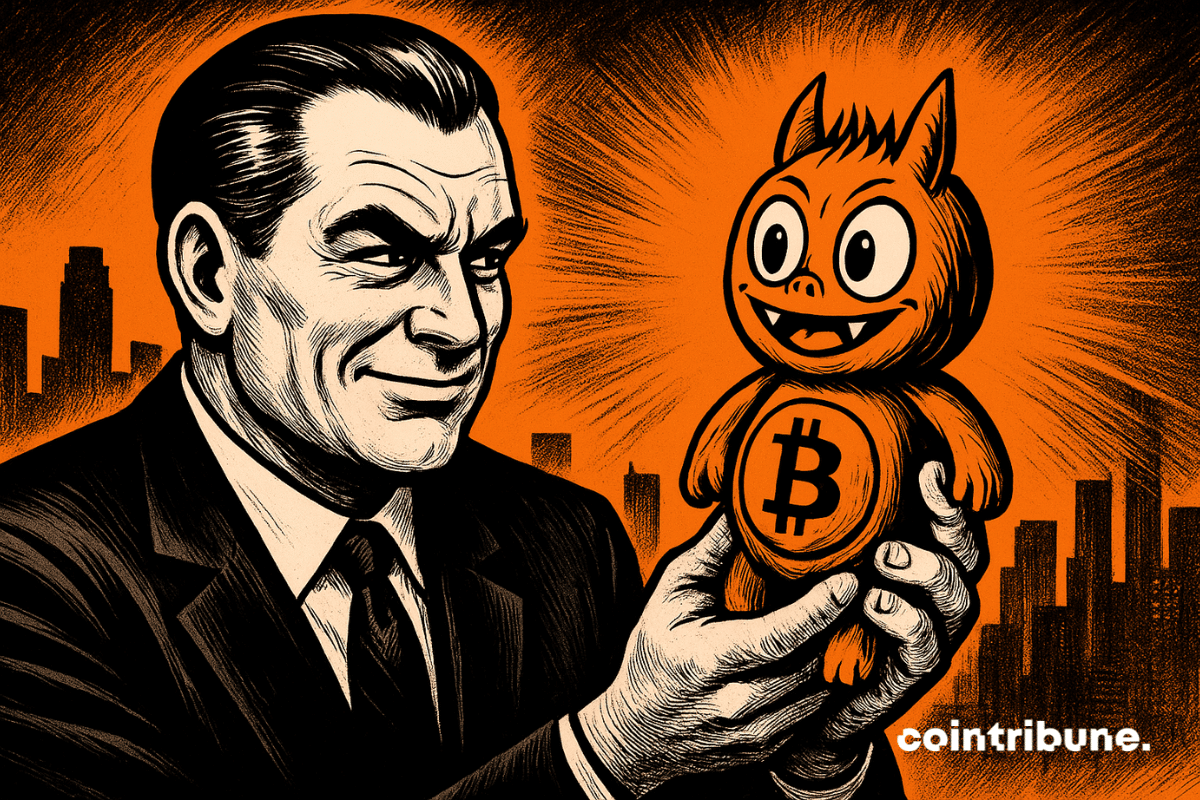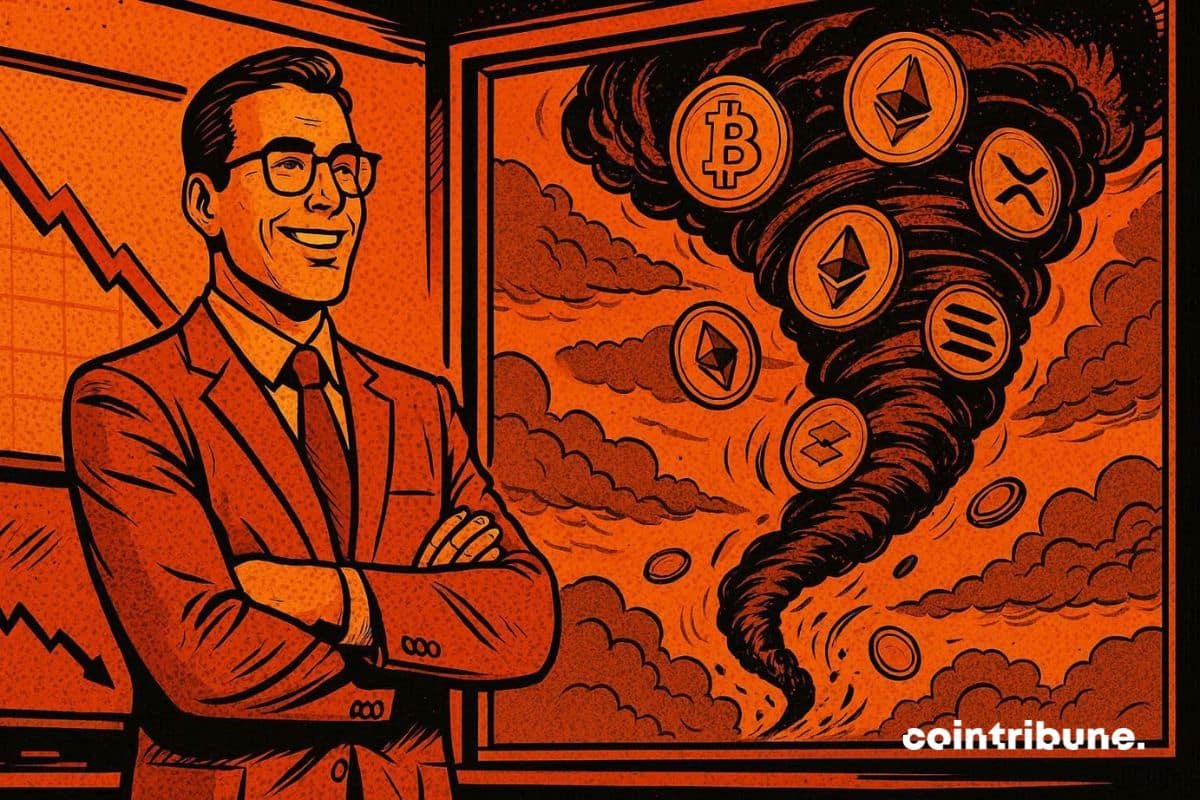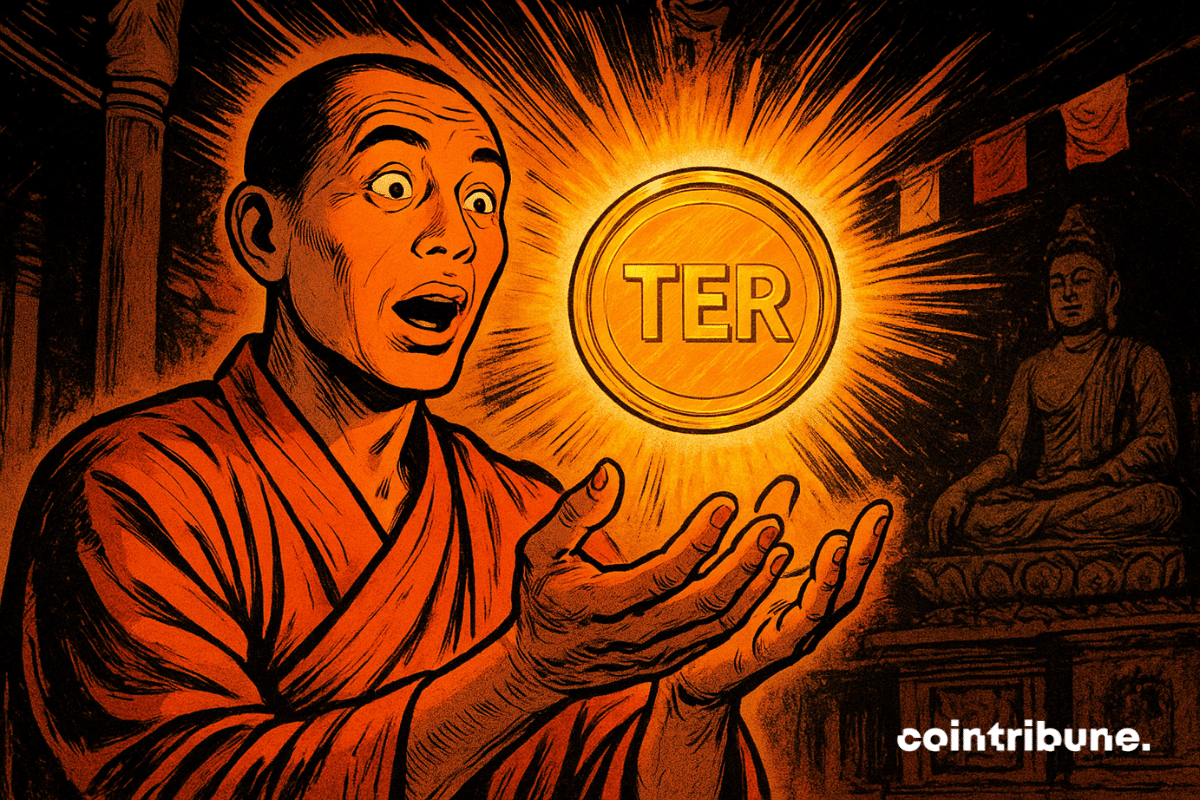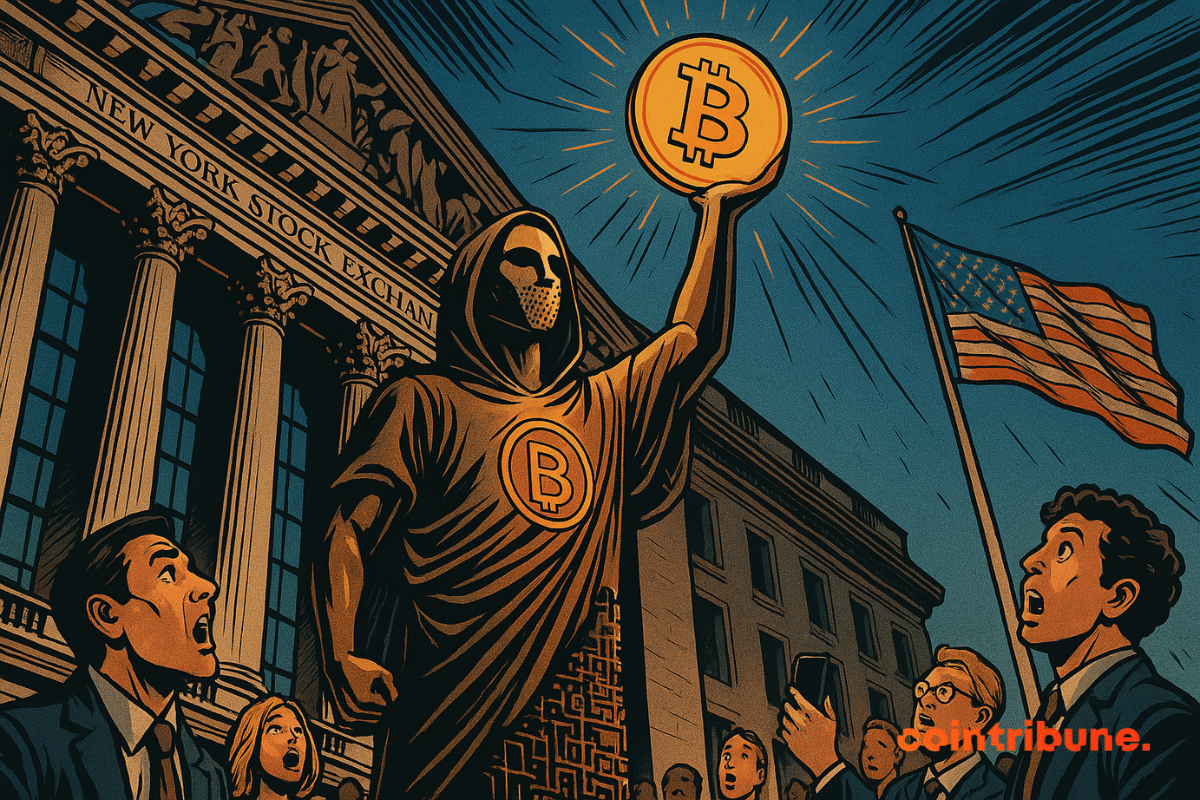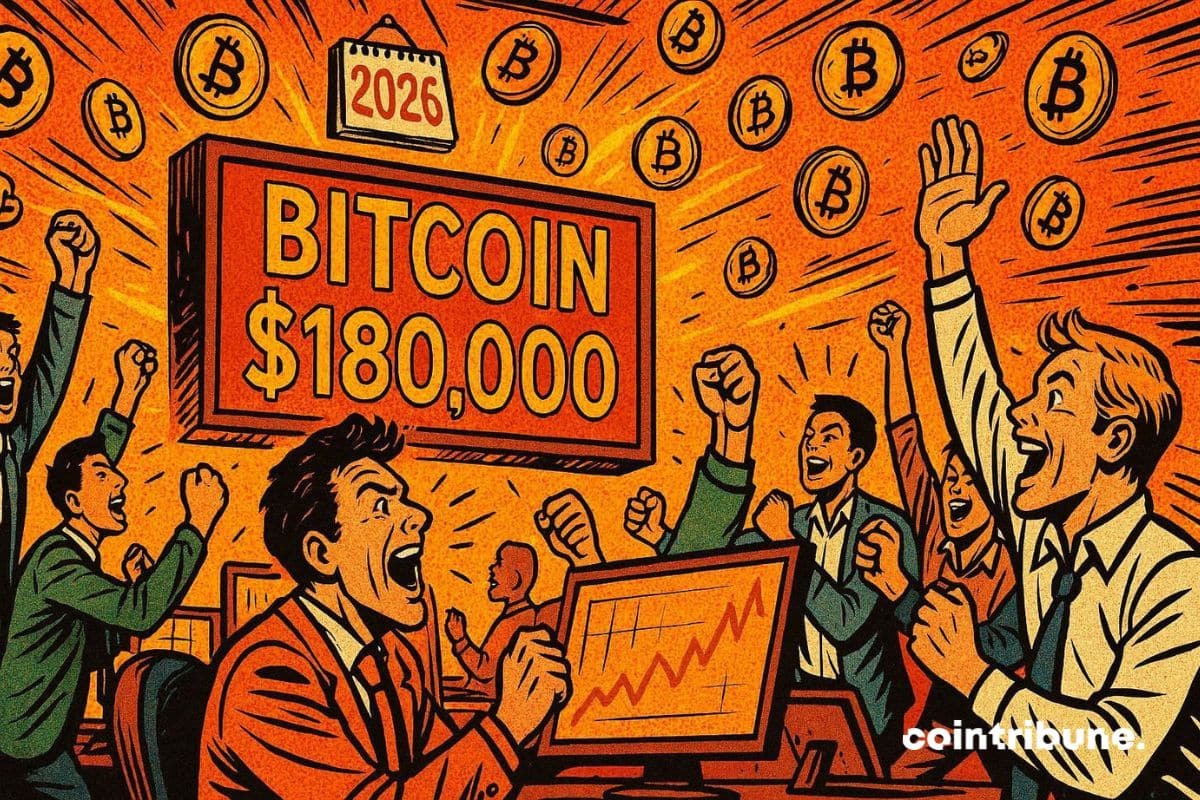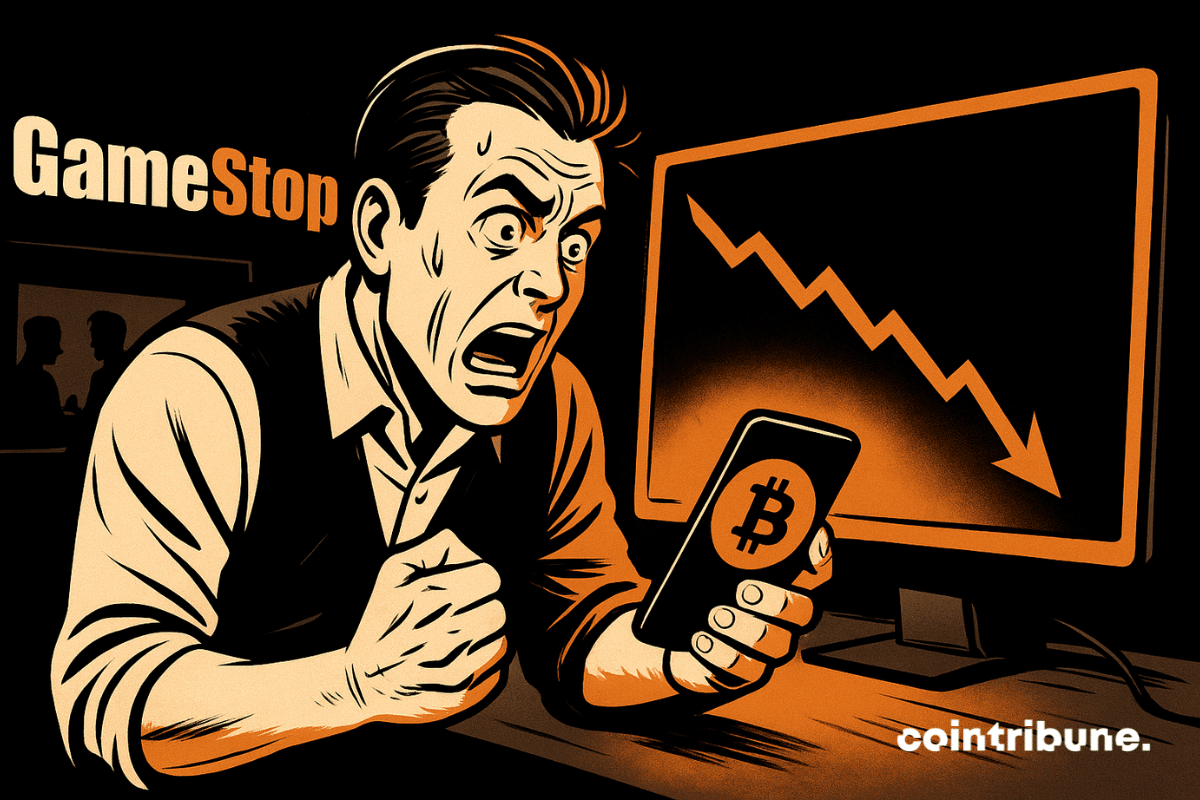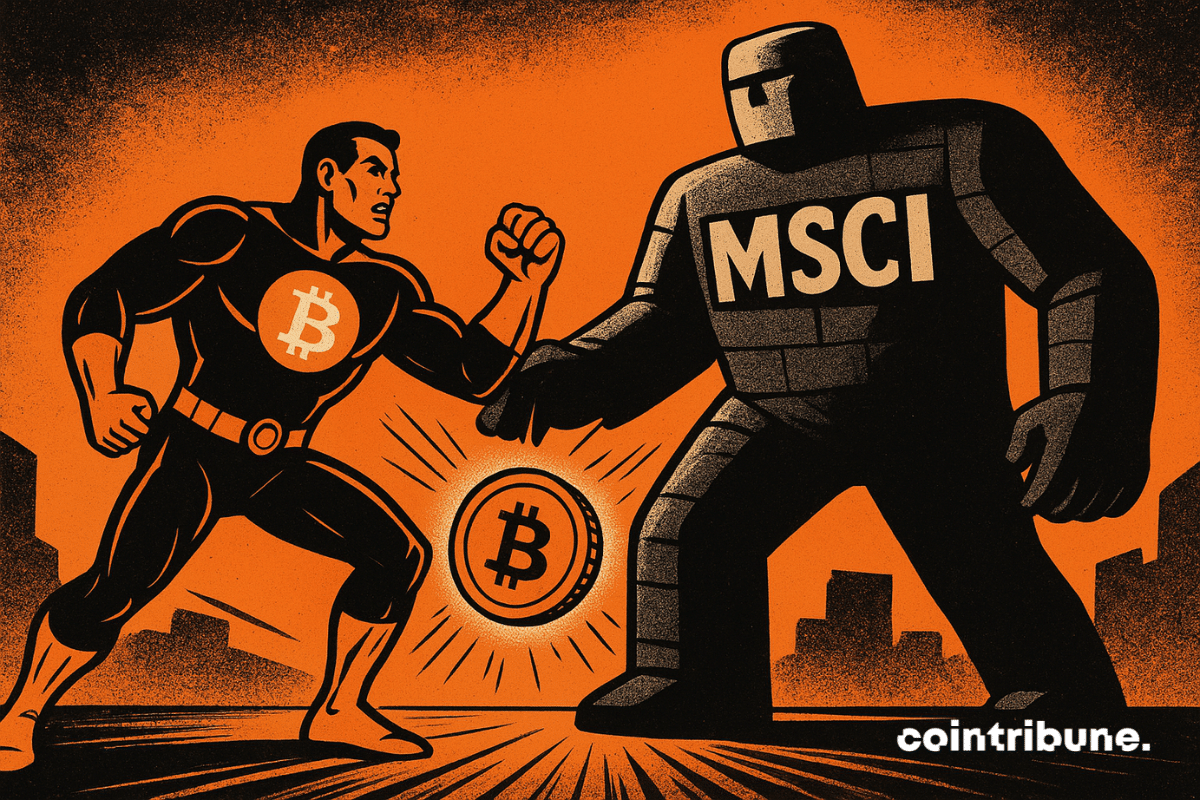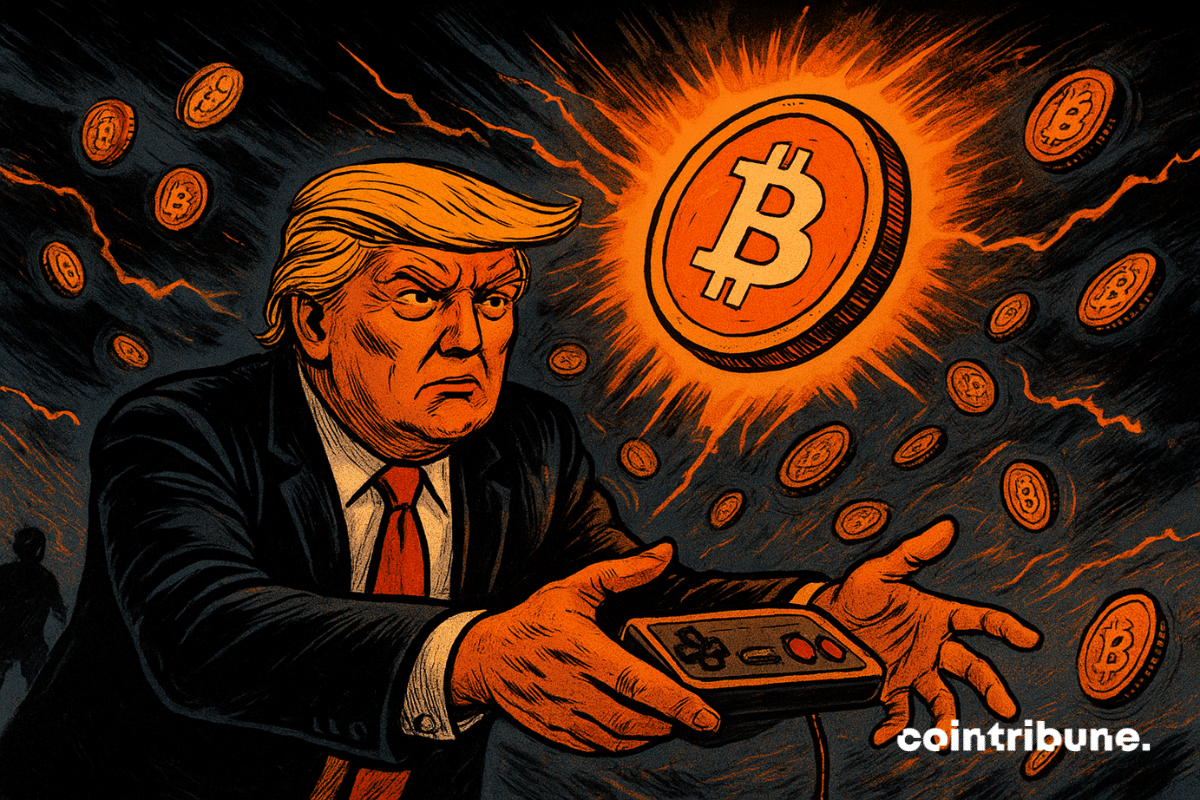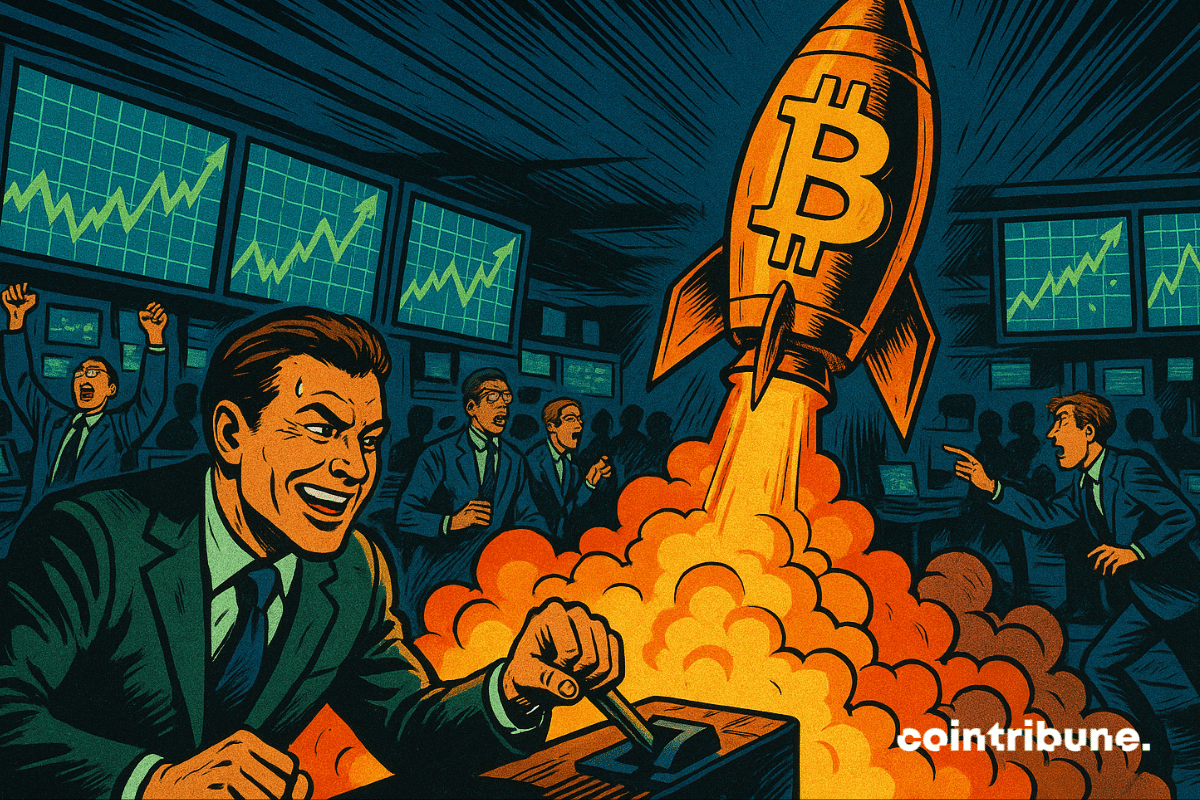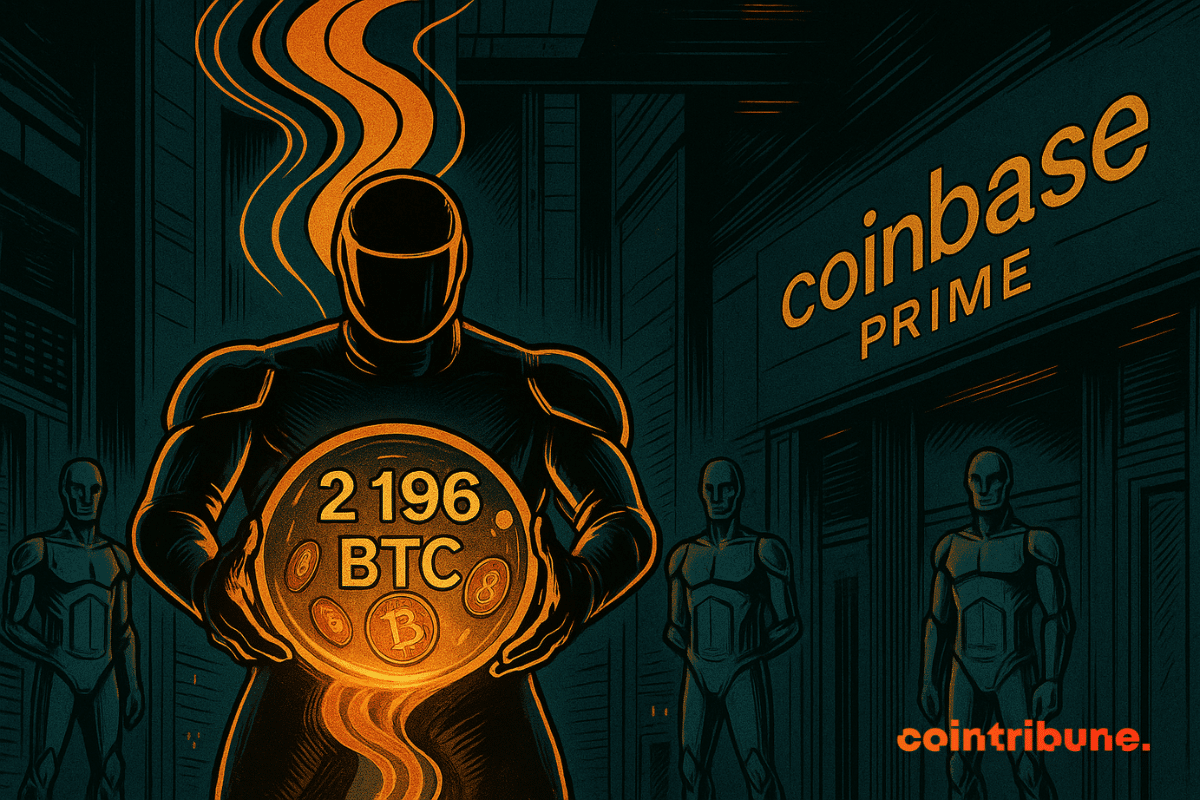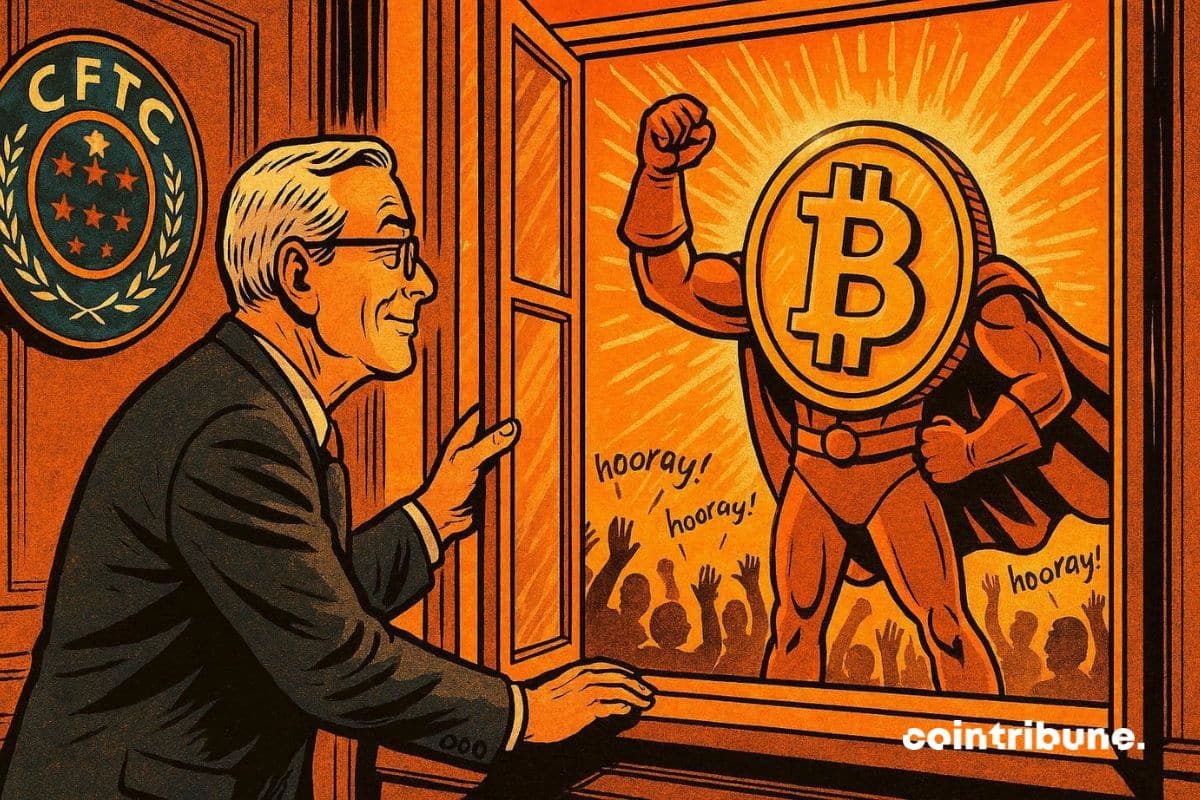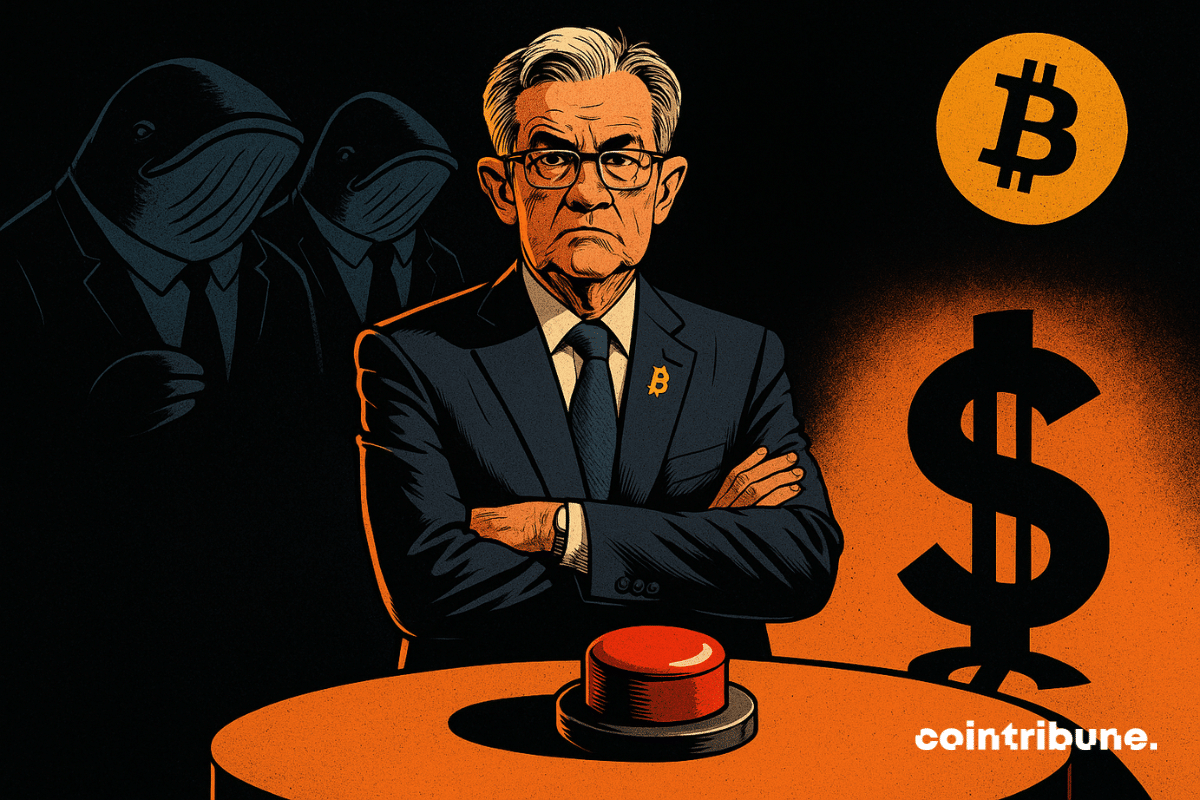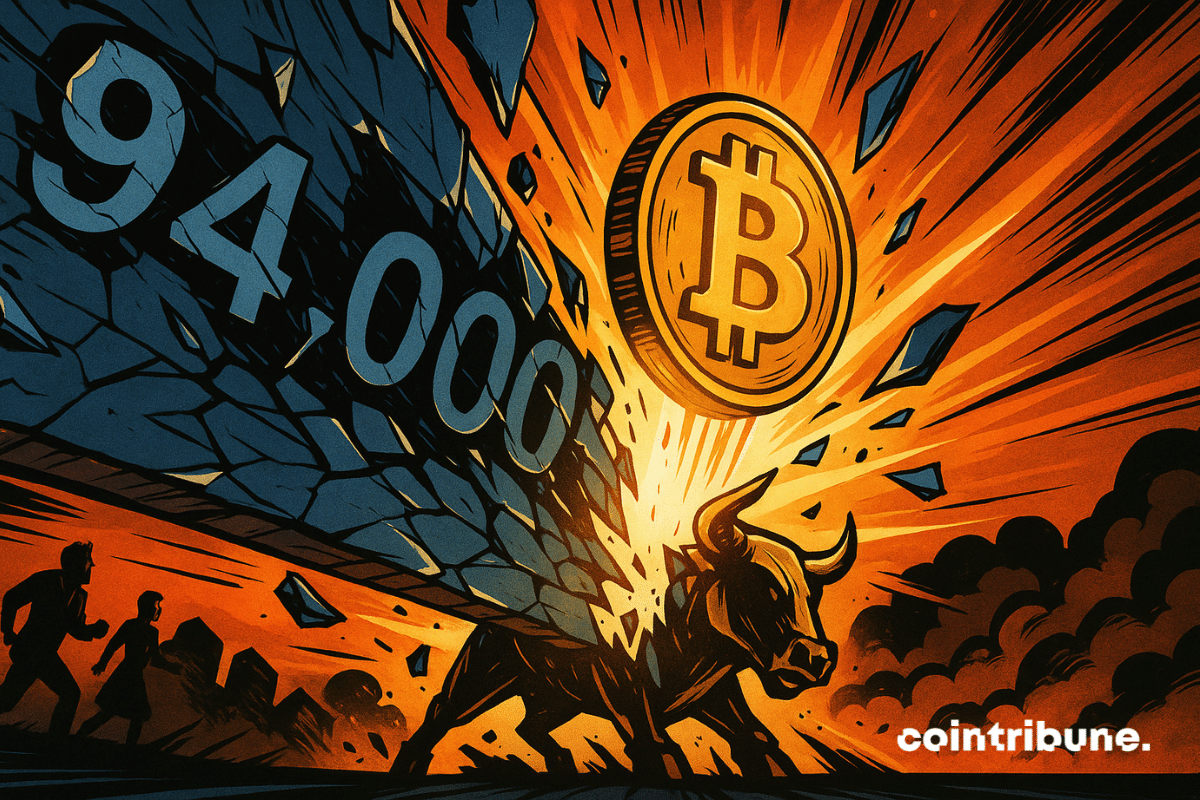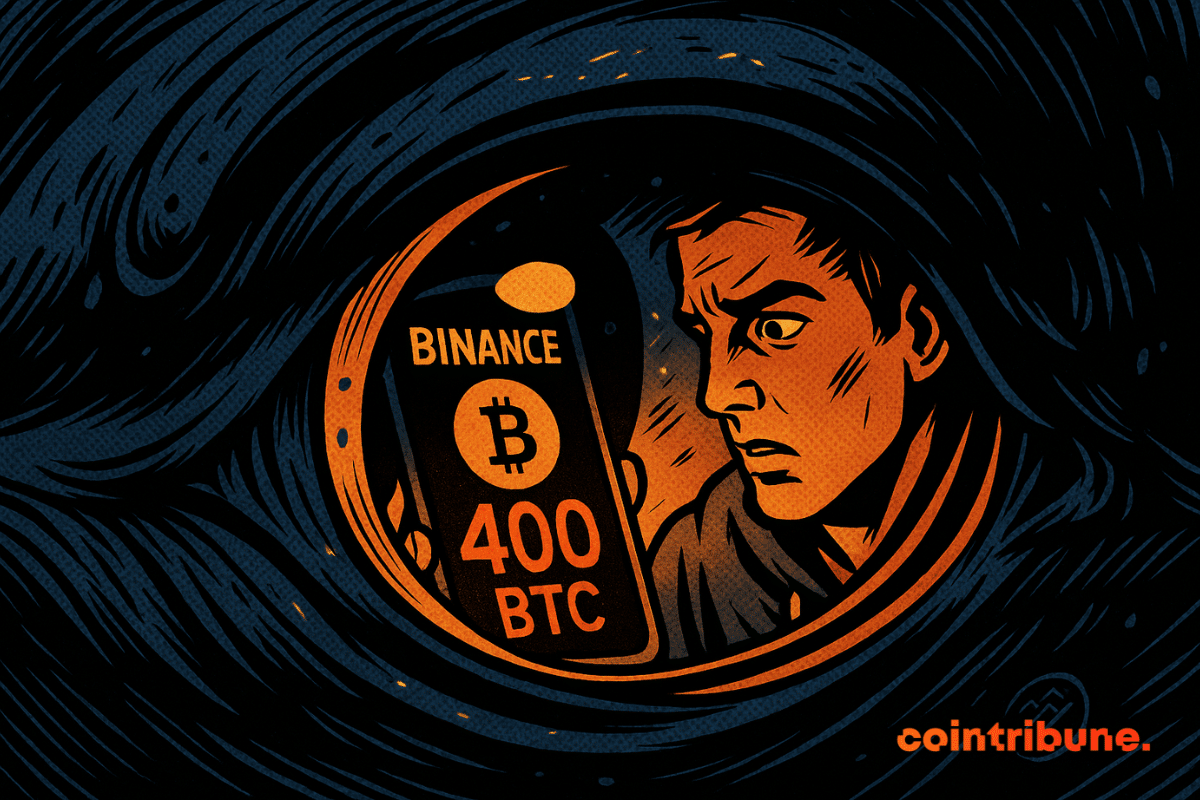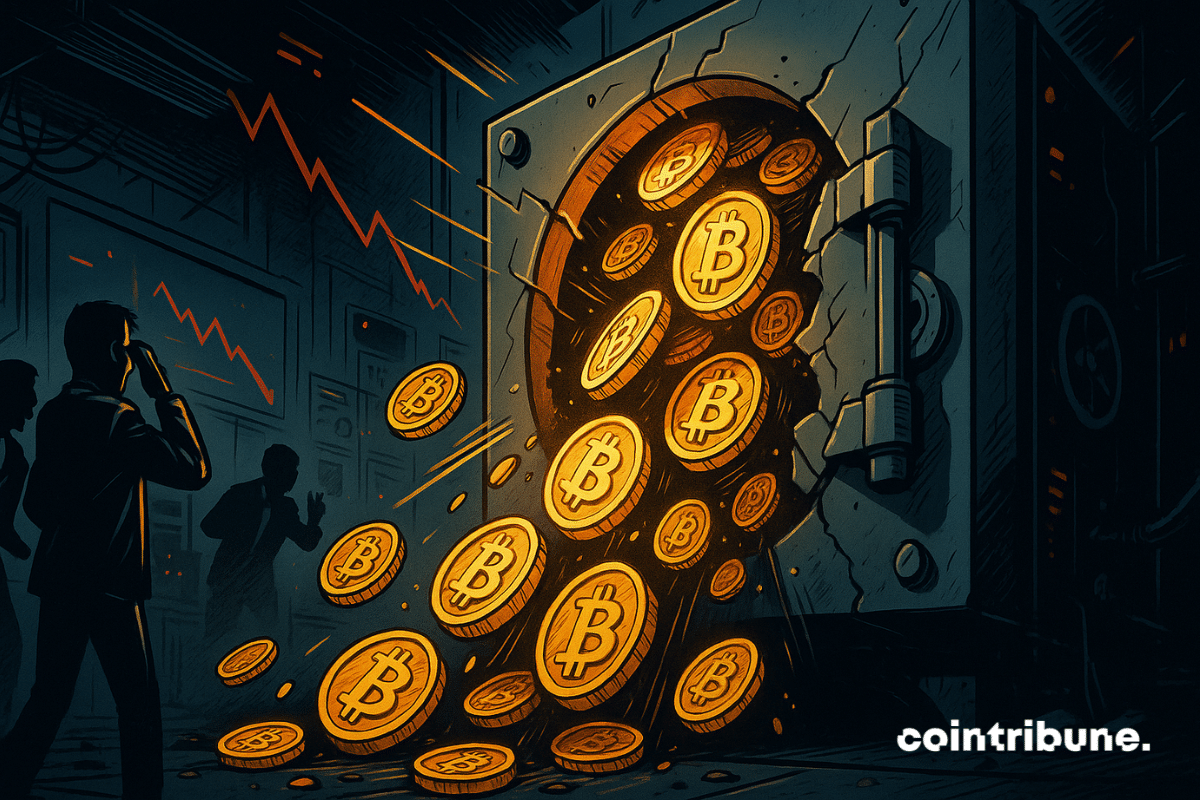While Bitcoin ETFs attract massive institutional inflows and macroeconomic conditions argue for a rebound in risky assets, the price remains surprisingly stuck below 90,000 dollars. This stagnation, out of sync with the prevailing bullish signals, points to invisible forces restricting its progress. Between yield strategies and sophisticated arbitrage, a more discreet mechanism seems to weigh on the market just as investors expect a new momentum.
Theme Bitcoin (BTC)
The continuous decline of bitcoin reserves on Binance attracts the attention of analysts as the asset trades near $93,000. The latest data from CryptoQuant confirms an unprecedented drop, raising questions about the current market structure. This movement, far from indicating immediate weakness, invites examination of what drives these fund outflows and what they truly reveal about bitcoin's dynamics.
There are companies that enter an index like entering a club. And others that enter like triggering an awkward conversation at the table. Strategy clearly belongs to the second category: a listed company, ex-MicroStrategy, becoming primarily a bitcoin accumulation machine. However, during the annual Nasdaq 100 rebalancing announced on December 13, 2025, it did not drop out. The first real test passed since its arrival last December.
John Ameriks does not believe in Bitcoin. The Vanguard executive even compares it to those Labubu plush toys that went viral. Surprising, when you know that the financial giant actually allows its clients to trade crypto ETFs on its platform. A revealing inconsistency of the persistent discomfort in traditional finance.
The crypto market has just experienced a spectacular collapse: spot volumes have dropped by 60%, a level unseen for months. But behind this apparent lull may lie a rare opportunity. Experts are divided: historical rebound or trap to avoid?
As the Bitcoin network crosses the zetahash threshold, the profitability of mining companies collapses. The hash price has fallen below 40 dollars per PH/s/day, a critical level that threatens the viability of many players. Faced with this paradox, companies in the sector are redirecting their strategies towards renewable energies. However, behind the ecological argument, it is an economic survival logic that dominates, revealing a profound transformation of the mining energy model.
While macroeconomic uncertainties weigh on this year’s end, every move of the Federal Reserve is closely watched. Last Wednesday, the Fed cut its rates for the third consecutive time, causing an immediate reaction in the crypto market. Bitcoin jumped beyond 93,000 dollars, driven by a renewed appetite for risk. This unexpected rebound, against the backdrop of looser monetary policy, raises as many expectations as doubts.
Bhutan is pushing its digital economy forward by placing portions of its traditional reserves on blockchain infrastructure. As tokenized real-world assets gain momentum, the country is securing an early foothold. The introduction of TER, a gold-backed token from Gelephu Mindfulness City (GMC), strengthens Bhutan’s ongoing blockchain plans.
Wall Street vibrates for a ghost! Satoshi Nakamoto appears at the NYSE… with a statue. From code to statues, bitcoin claims its place in the temple of capitalism.
The $100,000 threshold for bitcoin fascinates as much as it divides. A symbol of global adoption and a completed bull cycle, it remains, approaching the end of the year, a goal that is moving away. On predictive markets, conviction is eroding: bettors no longer believe in it. Between uncertain monetary policy and the exhaustion of bullish flows, the momentum seems suspended. The dominant scenario is no longer the explosion, but waiting. And in this in-between, bitcoin plays a more strategic than euphoric game.
Bitcoin could explode in 2026, according to traders. After the Fed rate cuts, bets focus on ambitious targets: $130,000, even $180,000. Why do experts ignore the "Santa rally" to bet on next year?
Crypto markets have started coughing again. No spectacular crash this time, but a slow loss of breath: crypto trading volumes are declining, prices are correcting, and even spot bitcoin ETFs are turning red. For JPMorgan, the picture is clear: the appetite for risk is fading, and the market stalls just as it was supposed to confirm its strong comeback.
Bitcoin pauses in the balance sheets, but some actors buy more than ever. Here are the numbers worrying analysts.
GameStop is going through a turbulent period after betting heavily on Bitcoin. The video game retailer sees its cryptocurrency holdings shrink by 9.2 million dollars in three months, causing its stock to fall by more than 5%. Faced with this setback, the company is now considering liquidating part of its digital assets.
Michael Saylor’s company, Strategy, is facing growing pressure as it challenges MSCI’s plan to exclude crypto-treasury firms from major stock indexes. Strategy, which holds the world’s largest corporate Bitcoin reserve, warned that the proposal misjudges how digital-asset treasuries operate. More so, the plan risks distorting fair index standards.
Trump’s growing footprint in digital assets now reaches into mobile gaming, as a new Trump-licensed crypto title moves toward release. Early previews show a project that combines light strategy mechanics with token-based rewards. The timing comes as several Trump-linked crypto assets face steep volatility and rising political attention.
Recent trends show large holders holding back and fewer coins hitting exchanges, easing market pressure and pointing to a calmer Bitcoin market in the near term.
American banking giants are now playing the bitcoin card. Michael Saylor lifts the veil on a massive and silent adoption: eight of the ten largest banks offer loans secured in BTC. Figures, players, and stakes of a revolution that is disrupting finance.
BlackRock transfers 2,196 BTC to Coinbase Prime. A decision that could shake the Bitcoin market. Details here!
SpaceX has just transferred 94 million dollars in bitcoin, according to on-chain data analyzed by Arkham Intelligence. These movements are part of a series of regular transfers observed over the past two months, after several years of inactivity. They occur as information points to a possible IPO of the company in 2026, with a valuation that could reach 1.5 trillion dollars. This coincidence raises questions about SpaceX's financial strategy and the role bitcoin could play in it.
Crypto is shaking up the rules of the financial game. With a bold decision, the CFTC opens a breach that could change everything. Is traditional finance in danger? Who will come out victorious in this battle? Discover an exclusive analysis of the issues and prospects.
Bitcoin is playing roller coasters: Powell sneezes, whales wave their fins, and traders shout "to the moon"... or crash. The economy, meanwhile, is tense.
On the eve of a decisive Fed meeting, Bitcoin surprises by crossing the $94,000 mark, a symbolic threshold that reignites the debate over a possible bullish comeback. This rebound occurs after several days of hesitation and in a climate of macroeconomic tension, where markets scrutinize the slightest monetary signal. Between technical rebound and investor caution, the crypto market is stirring but remains suspended to the FOMC announcements.
Is bitcoin shaking in the face of the Japanese rate hike? While markets fear a return of "yen carry trade," experts reveal why this threat is overestimated — and where the real dangers for BTC lie.
Dogecoin struggles to convince institutional investors. Despite a strong capitalization and a media-covered launch, crypto-backed ETFs show volumes in free fall. In a sector where Bitcoin and Ethereum concentrate the bulk of flows, the disinterest in DOGE illustrates the limits of assets perceived as too speculative.
Bitcoin is soaring, Binance is struggling, shrimps flee, whales dance… and ETFs scoop up the stakes. Here's a crypto-comedy that would be funny if it weren't so serious.
Bitcoin stays over 90,000 dollars after a volatile weekend, with traders watching key levels and the Fed meeting to gauge whether momentum can return.
Bitcoin slipped below $90,000 at Wall Street's opening, wiping out gains made in Asia. This reversal comes despite signs of accumulation on exchanges, revealing a gap between short-term moves and a long-term holding trend. Selling pressure temporarily takes over in a market still torn between speculation and conservation strategy.
The United States takes a decisive step in integrating cryptos into the traditional financial system. Caroline Pham, acting chair of the CFTC, has just authorized the use of bitcoin, Ethereum, and USDC as collateral in the U.S. derivatives markets. A decision that could well redefine the rules of the game.
What if bitcoin became the foundation of the future global banking system? Michael Saylor, executive chairman of Strategy, now urges nation-states to create digital banks backed by bitcoin. Far from an isolated provocation, this proposal fits into a climate of financial market shifts, marked by growing distrust of traditional banks and a global search for more profitable and resilient solutions against economic uncertainties.
